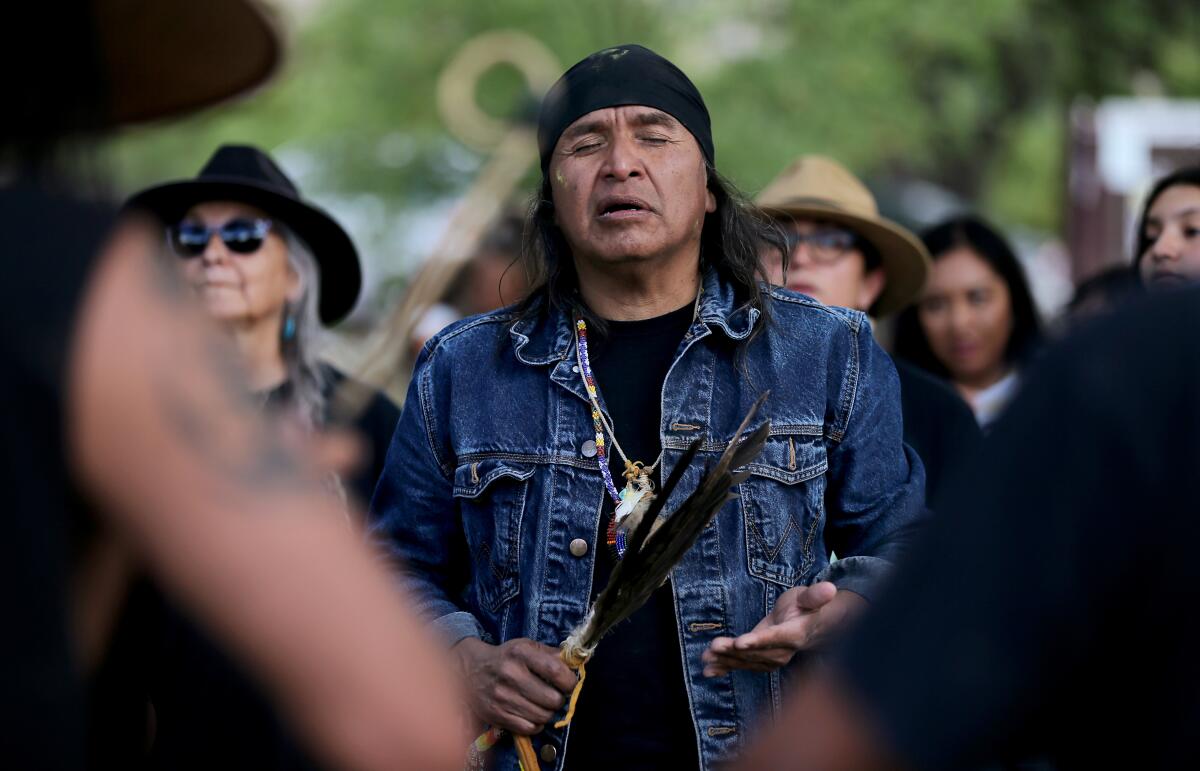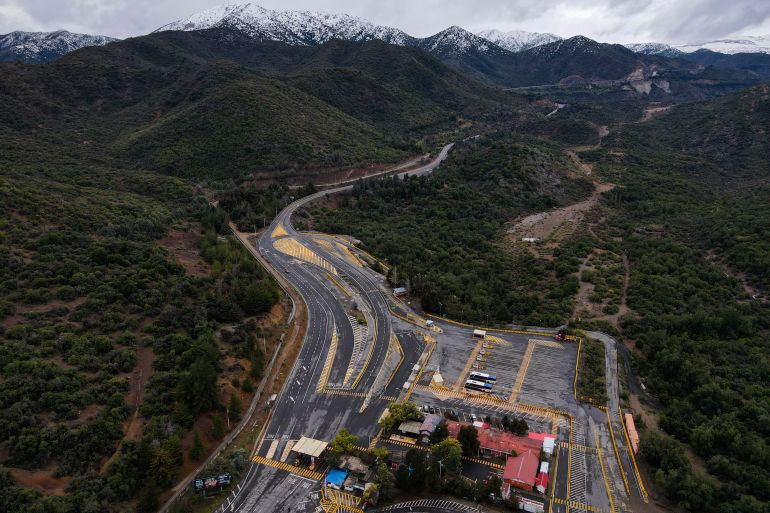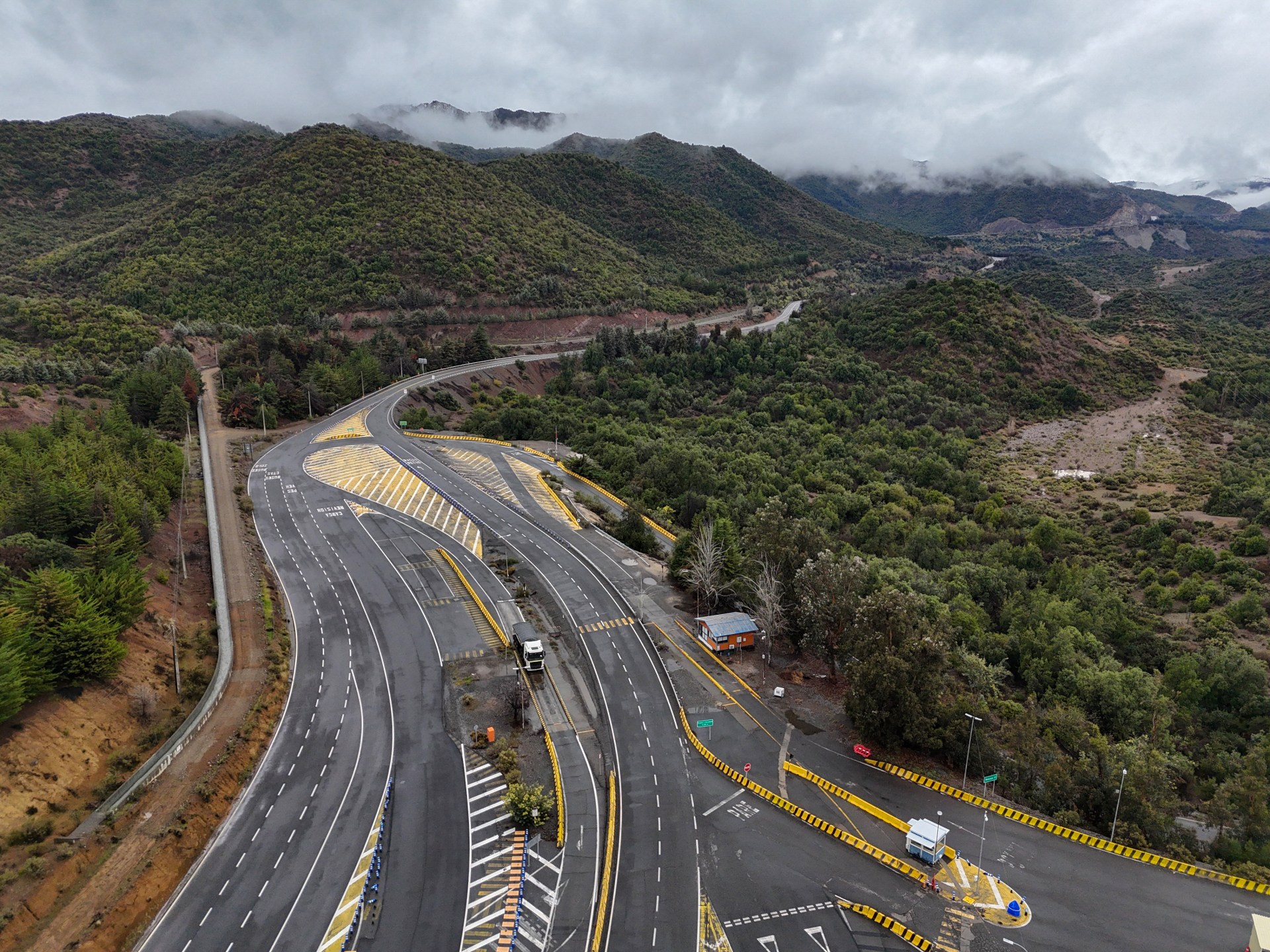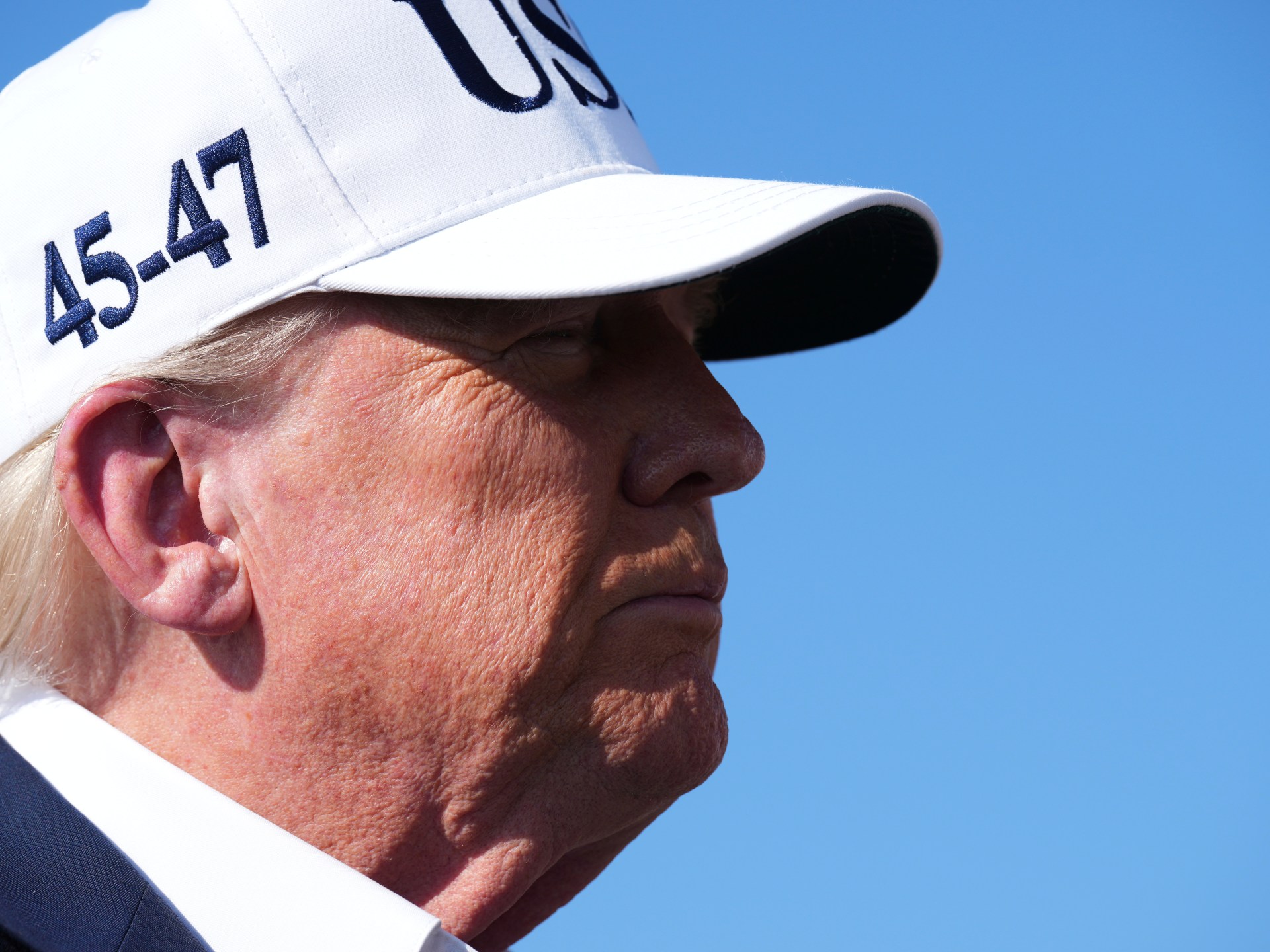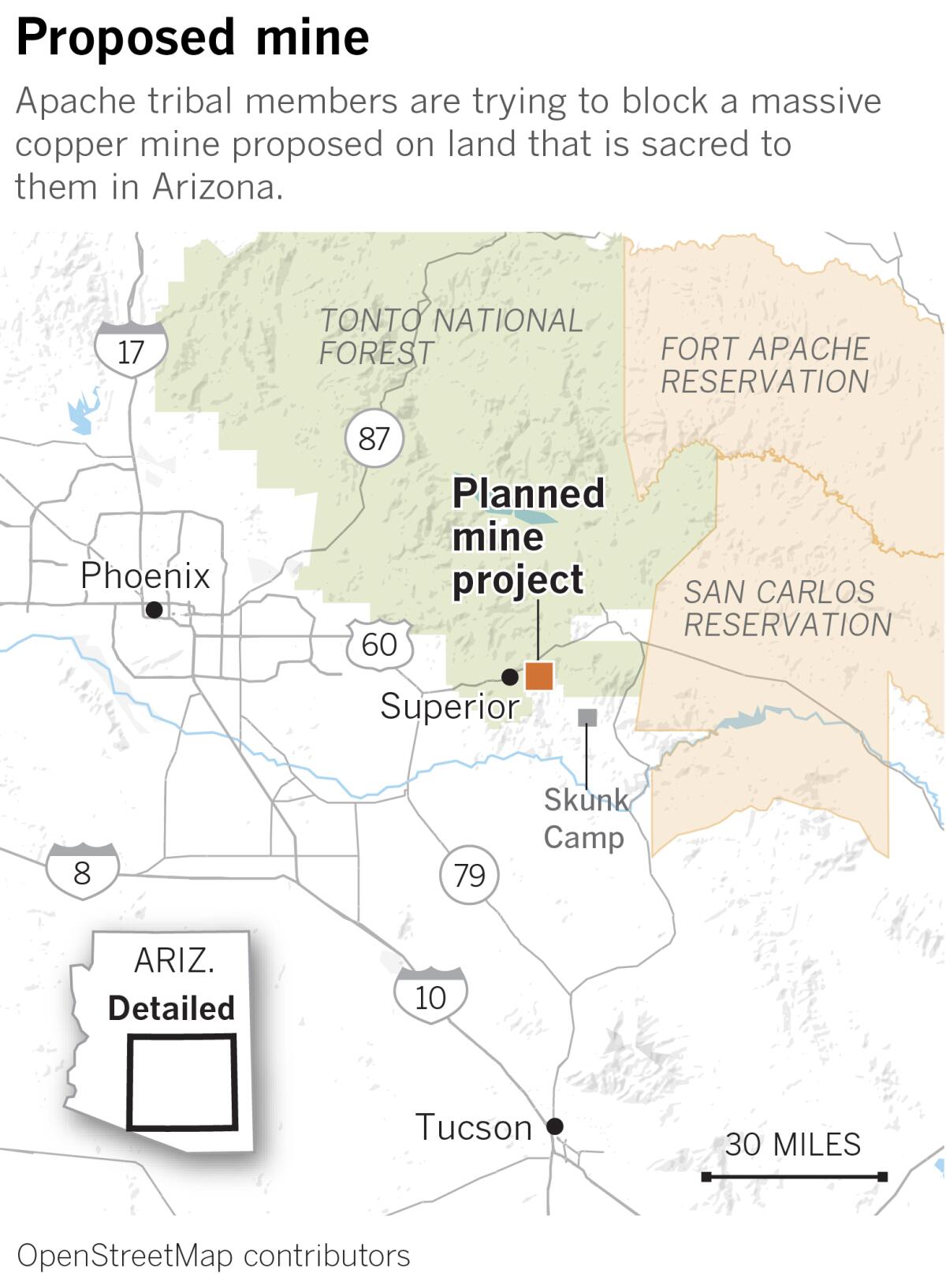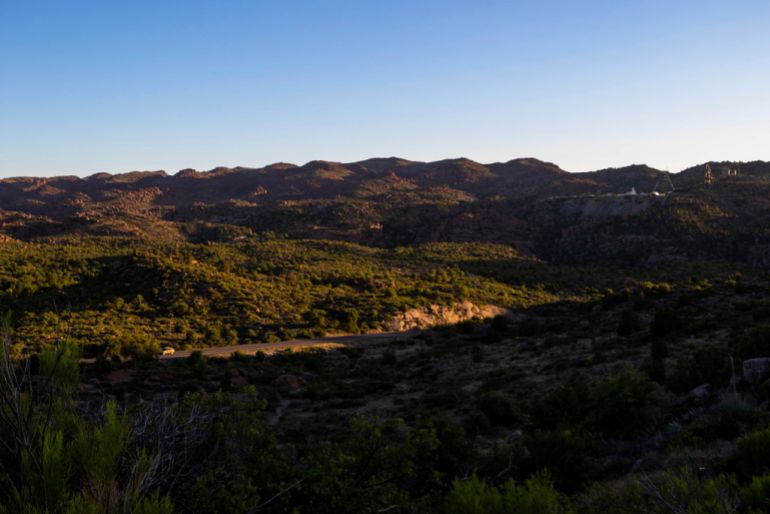Trump backs Arizona copper mine as Apache win lifeline in court
President Trump this week threw his full support behind a massive project to turn a sacred Apache site outside Phoenix into one of the world’s largest copper mines, meeting with mining executives at the White House and ridiculing a recent court decision that temporarily halted the transfer of federal lands to their companies.
Trump and Interior Secretary Doug Burgum met in the White House on Tuesday with several executives from Rio Tinto and BHP, the two multinational mining companies behind the planned Resolution Copper mine. As proposed, the mine would turn Oak Flat — a long-preserved site of rocky outcroppings and desert waterways on the edge of the Tonto National Forest — into a nearly two-mile-wide, 1,000-foot-deep industrial crater.
Trump also posted about the project on his Truth Social site, calling the three-judge U.S. 9th Circuit Court of Appeals panel that blocked the transfer a “Radical Left Court” and saying it was “sad” that “Radical Left Activists” could stall such a project.
“3,800 Jobs are affected, and our Country, quite simply, needs Copper — AND NOW!” Trump wrote.
He also wrote, without evidence, that those fighting the mine are “Anti-American” and working on behalf of “other Copper competitive Countries.”
The San Carlos Apache Tribe, which is among the plaintiffs suing to block the mine, called the court’s decision a “last minute victory” in its ongoing battle to save the land.
“The Apache people will never stop fighting for Chí’chil Biłdagoteel,” tribe Chairman Terry Rambler said in a statement, using the traditional Apache name for Oak Flat. “We thank the court for stopping this horrific land exchange and allowing us to argue the merits of our pending lawsuit in court.”
Trump’s decision to directly weigh in further elevates the already large profile of a monumental legal battle. It has aligned environmental activists and religious liberty proponents, and has major implications for the nation’s ability to meet its rapidly growing demand for copper, which is an essential element in telecommunications networks, electric vehicles and other growing technologies.
Oak Flat was federally protected land for decades. Members of the San Carlos Apache Tribe describe it as sacred land home to spiritual guardians akin to angels, and say it has been used for coming-of-age and other tribal ceremonies for generations.
In 2004, prospectors discovered that one of the world’s largest copper ore deposits, estimated to hold enough copper to supply up to a quarter of U.S. demand, sat somewhere between 5,000 and 7,000 feet below the surface.
The battle to extract the deposit has raged ever since, but particularly since 2014, when former Arizona Republican Sens. John McCain and Jeff Flake inserted language mandating the land transfer into a last-minute defense appropriations bill.
A lawsuit brought by the group Apache Stronghold and led by Apache elder Wendsler Nosie Sr. resulted in a split 9th Circuit ruling against the Apache and in favor of the mining companies in March 2024.
In May, the Supreme Court declined to hear an Apache appeal of that decision, clearing the way for the U.S. Forest Service to issue a final environmental impact report and hear a last round of public comment before handing the land over to Resolution Copper.
The decision marked a major loss to the mine opponents, but it did not end other lawsuits filed to stop it — including one filed by the San Carlos Apache Tribe, and another by a group called the Arizona Mining Reform Coalition.
On Aug. 15, a district court judge in Arizona issued an order clearing the way for the land transfer to move forward on Tuesday.
The groups appealed, and the three-judge 9th Circuit panel put the district court decision on hold Monday, pending its own hearing of arguments over the transfer — one of which is that the federal government bypassed a required step in the environmental review process.
The panel — composed of two Clinton appointees and one Trump appointee — said it was not taking a position on the merits of those arguments, and would “expedite” the case, with all briefs due by Oct. 14.
The court’s reprieve, if only temporary, was cheered by Apache groups and other organizations whose members use the Oak Flat land for rock climbing and other recreation. Some also spoke out against Trump’s remarks, calling them anti-American.
Rambler, the San Carlos tribe chairman, said the mine’s opponents “are working to save the U.S. from making a disastrous decision that would give up American resources to foreign interests,” and that Trump had been “misinformed” to think otherwise by the mine’s supporters.
Rambler said BHP and Rio Tinto are foreign companies with ties to Chinese state-owned companies, and will be exporting the copper taken from Oak Flat — “likely to China.”
Rambler said he looks forward “to sitting down with the administration and providing factual information to protect American assets.”
Nosie, in a statement provided to the The Times, also accused Trump of siding with foreign interests over those of indigenous Americans.
“Our nation cannot survive if we sacrifice what is sacred in pursuit of temporary profits,” he said.
Wendsler Nosie Sr., a longtime opponent of the proposed Resolution Copper mine, gathers with other opponents to the mine at Oak Flat in 2023.
(Luis Sinco/Los Angeles Times)
He said the Apache people are grateful for all of the support they have received from people of all political stripes and religious backgrounds, who he said have recognized the fight for what it is — a “moral one.”
“If we destroy our sacred land and poison our environment, we are betraying our children and grandchildren and hurting ourselves,” he said. “The future of the entire human race is at stake.”
A Resolution Copper spokesperson said they are confident the 9th Circuit will “ultimately affirm” the district court’s “well-reasoned” ruling in favor of the land transfer.
“Over the past 11 years, the Resolution Copper project has undergone a rigorous, independent review under the National Environmental Policy Act, led by the U.S. Forest Service. This review has included extensive consultation with numerous Native American Tribes with ancestral ties to this land, local communities, civil society organizations, and a dozen federal, state, and county agencies,” the spokesperson said. “The collaborative process has directly led to major changes to the mining plan to preserve and reduce potential impacts on Tribal, social, environmental, and cultural interests.”
The spokesperson said the project has other local support and “the potential to become one of America’s biggest copper mines, contributing $1 billion annually to Arizona’s economy and creating thousands of local jobs in a region where mining has played an important role for more than a century.”
Tuesday’s meeting at the White House included Trump and Burgum, as well as current Rio Tinto chief executive Jakob Stausholm, incoming Rio Tinto chief executive Simon Trott and BHP chief executive Mike Henry, as well as other White House officials.
The Resolution Copper spokesperson said the discussion centered on “the mining industry’s capacity to deliver long-term domestic supplies of copper and other critical minerals” from the Oak Flat deposit.
